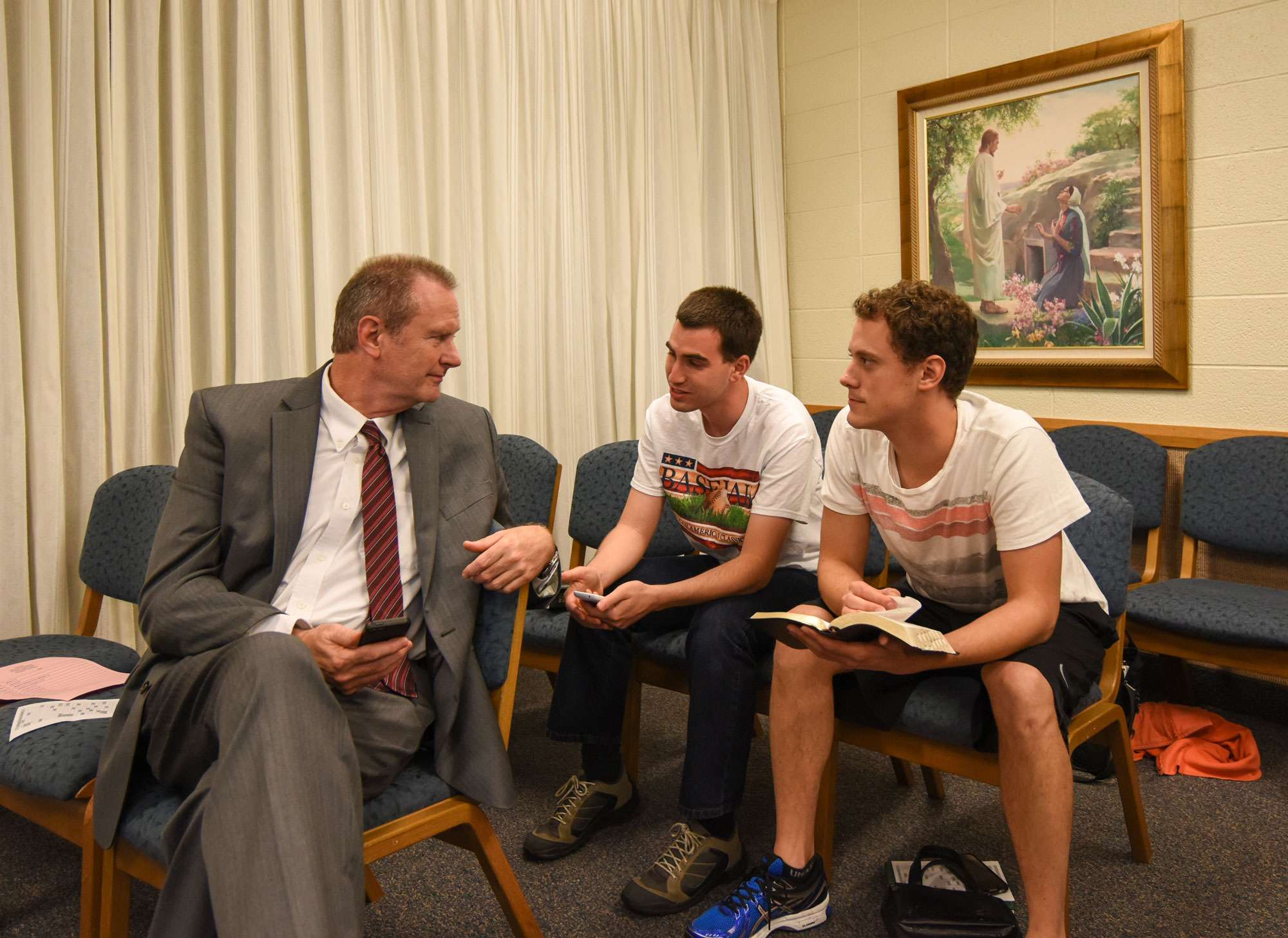How to Help High School Graduates Enroll in Institute

As high school students eagerly await graduation, they prepare for an uncertain future filled with unique challenges and life-changing decisions. It is in these years that young adults choose to serve missions, begin seeking an eternal companion, identify post-secondary courses of study and occupational goals, and resolve to live a life of discipleship. With so many important decisions to make in a world full of distractions, it is critical that high school students experience a smooth, positive transition from seminary to institute where they will find the peers, support, and strength they need to succeed in life.
This transition can be difficult for many reasons. Students are often intimidated by new experiences, and when they attend institute for the first time everything is new. They are in an unfamiliar setting filled with strangers, making it easy to attend once, leave unnoticed, and never return. This is why it is so important for seminary and institute faculty to communicate and combine their efforts with those of local priesthood leaders to encourage all senior seminary students to enroll in institute, to answer students’ questions, and to help them feel invited to transition to this next phase of life.
Seminary teachers can be instrumental in helping students transition to institute immediately after high school. Seminary students can be introduced to the local institute program during their senior year, attend the Worldwide Devotional for Young Adults toward the end of their senior year, and meet young single adults already attending institute. The more information that can be given to students about their immediate future can make a big difference to whether or not they continue their religious education.
Regarding the Worldwide Devotional for Young Adults, Richard Stuart, manager of recruitment for Seminaries and Institutes of Religion, said, “The goal is to give [young adults] an opportunity to get introduced to the program, hear from the Brethren, see that institute is the next step, and to feel the Spirit so they will act.” He added, “The speakers at each . . . devotional are well aware of their audience and know just what to say to reach them; we just need to get them there first” (in Suzanne Young, “CES Devotionals, Institute Help Young Adults Find Their Way,” Church News, Aug. 29, 2013).
Russell Bulloch, assistant administrator for Seminaries and Institutes of Religion, outlined other efforts being made to help high school seniors with this transition from seminary to institute: “In many locations, institute representatives, including students on the institute council, visit seminaries and meet students getting ready to graduate. In some locations, we even provide laptops on that day for students to enroll in institute classes; we give them brochures, invite them to Worldwide Devotionals, and offer institute classes during the summer.”
As seminary and institute faculty, members of the institute council, and institute students work together to personally invite high school seniors to institute and help them register for classes, more of them will attend.
In a world full of change, young adults find peace and consistency as they live the simple truths of the gospel. Institute provides them with a place where they can live these truths among peers who share the same values. However, they cannot enjoy all that institute offers unless they attend.